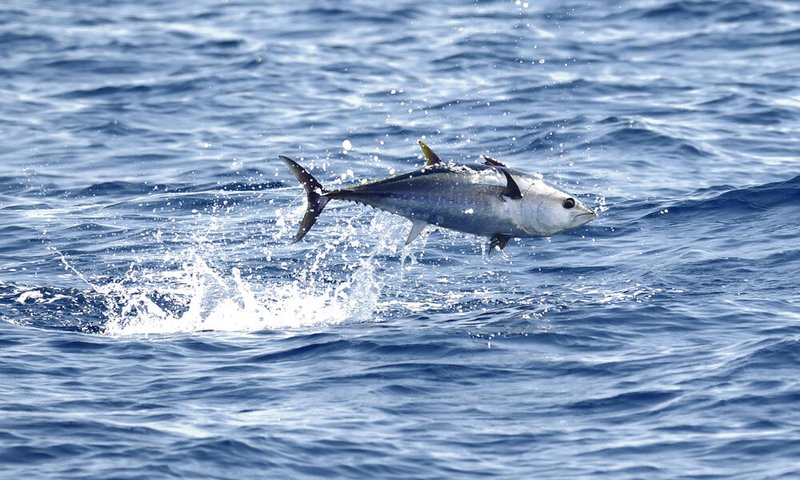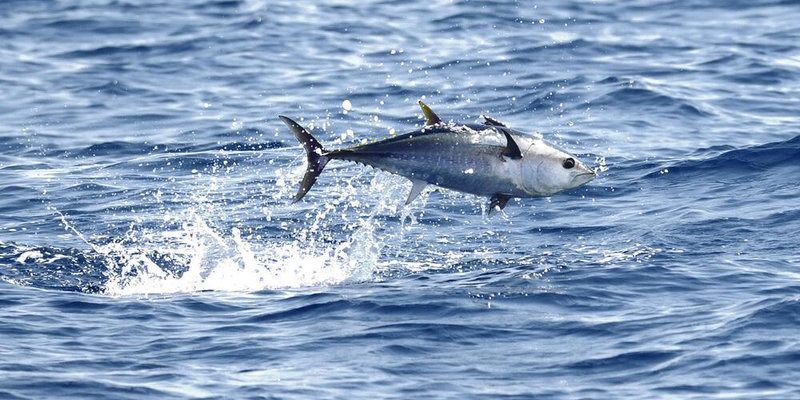
You may be wondering what exactly is causing this decline and what’s being done to protect these incredible creatures. In this article, we’ll dive into the world of Bluefin tunas, explore their conservation status, and discuss updates on efforts aimed at ensuring their future. Let’s break it down in a way that’s easy to understand, like chatting over a warm cup of coffee.
Understanding Bluefin Tunas
Bluefin tunas are not just any fish; they’re the heavyweights of the ocean. There are three primary species: the Atlantic, Pacific, and Southern Bluefin tuna. Each species has its unique traits, but they all share a common characteristic: they’re valued both for their ecological importance and as a popular catch in the fishing industry. Imagine the Atlantic Bluefin tuna, for instance, which can weigh over 1,000 pounds and is often sought after for sushi and sashimi.
These fish are migratory, traveling thousands of miles across the oceans, which makes them fascinating and important for marine ecosystems. Unfortunately, their migratory nature also makes them highly susceptible to overfishing. When you think about it, it’s like someone trying to catch a rare bird that migrates across continents; it’s tough to keep track of where they are and how many are left.
The Current Conservation Status
So, what’s the current status of Bluefin tunas? The International Union for Conservation of Nature (IUCN) lists the Atlantic Bluefin as “Endangered.” For the Pacific Bluefin, the situation is slightly less dire, as it’s classified as “Vulnerable.” The Southern Bluefin, however, is also in a troubling position, facing a high risk of extinction in the wild. These classifications aren’t just numbers; they represent real fish and the ecosystems that depend on them.
The main culprit behind their dwindling numbers is overfishing, particularly due to commercial fishing practices. Bluefin tunas fetch high prices, particularly in sushi markets. This demand has led fishermen to catch them relentlessly, often before they can mature and reproduce. It’s like trying to grab the last pieces of a delicious cake before it’s even fully baked—there won’t be anything left for later!
The Threat of Overfishing
Overfishing is a complex issue that not only affects Bluefin tuna but also disrupts the entire marine food chain. When too many fish are removed from the ocean too quickly, it creates an imbalance in the ecosystem. Bluefin tunas play a crucial role in maintaining this balance by preying on smaller fish, helping to keep those populations in check.
Imagine a game of Jenga: if you pull out too many blocks (or fish, in this case) from the bottom, the tower becomes unstable and ultimately collapses. This is what could happen to marine ecosystems if Bluefin populations continue to decline. Without enough of these powerful fish, smaller fish populations can explode, leading to overcrowding and other problems down the line.
Conservation Efforts in Action
Fortunately, there are ongoing conservation efforts aimed at protecting Bluefin tunas. Organizations like the World Wildlife Fund (WWF) and the International Commission for the Conservation of Atlantic Tunas (ICCAT) play vital roles in safeguarding these fish. These efforts include imposing catch limits, establishing marine protected areas, and promoting sustainable fishing practices.
One of the key strategies involves setting quotas for fishers, limiting how many Bluefin tunas can be caught each year. This helps ensure that populations can regenerate. Think of it as a budget: if you spend less, you can save more for the future. Additionally, close monitoring of fishing activities allows authorities to ensure compliance with these regulations.
The Role of Technology in Conservation
Advancements in technology are also aiding conservation efforts. Fishermen are now using satellite tracking and electronic reporting systems to monitor Bluefin tuna populations more effectively. This technology helps to gather data on migration patterns, breeding grounds, and population numbers. It’s like having a high-tech radar system that keeps tabs on these incredible fish, allowing researchers to make informed decisions based on real data.
Furthermore, innovative programs are being developed to engage local communities in conservation efforts. By involving fishermen and coastal populations, these programs encourage sustainable practices and help educate others about the importance of preserving Bluefin tuna.
What Can You Do to Help?
You might be thinking, “What can I do to help Bluefin tunas?” Believe it or not, even small actions can contribute to their conservation. Here are a few ideas to consider:
- Support Sustainable Seafood: Choose seafood from sources that are certified as sustainable. Look for seafood with the Marine Stewardship Council (MSC) label.
- Educate Others: Share what you’ve learned about Bluefin tunas and their status with friends and family. The more people know, the more can be done.
- Participate in Cleanups: Join local beach or ocean cleanups to protect marine habitats where Bluefin tunas thrive.
These actions may seem small, but they add up and can make a significant difference in the fight for Bluefin tuna conservation.
The Road Ahead for Bluefin Tunas
The future of Bluefin tunas is uncertain, but with continued conservation efforts and public support, there’s hope. The situation requires ongoing attention and commitment from both organizations and everyday people like you. As we continue to learn more about these magnificent fish, we can adapt our strategies to ensure their survival.
Here’s the thing: Bluefin tunas are not just a species to be admired for their beauty and size. They’re a crucial part of our ocean ecosystems. Protecting them is essential not only for their sake but also for the health of our oceans. It’s a collective responsibility that we all share.
In conclusion, understanding the plight of Bluefin tunas can inspire us to take action. By spreading awareness and supporting sustainable practices, we can help protect these incredible fish for future generations to enjoy. So next time you think of the ocean, remember the Bluefin tuna and the part you can play in ensuring it remains vibrant and full of life.

